
Terumah: Holy Components
The materials that go into building the holy Tabernacle symbolize the energies and talents of those who erect it; we are the Tabernacle...

As an introduction to the building of the Tabernacle, as discussed in this week’s reading, we are told of the list of materials the Jewish people were obligated to donate for its building. The list seems straightforward: “Gold and silver and copper and blue wool and purple wool and red wool and linen and goat hair and red-dyed ram skins and tachash (a now-extinct animal, like a unicorn) skin and acacia wood.” However, there are a number of questions that arise with this simple listing.
One, why was it necessary to list the specific items as an introduction? Why doesn’t the Torah simply teach that we were instructed to donate whatever was necessary for the construction of the Tabernacle and then list the materials in conjunction with the specific item being made? For example, when building the Ark, gold and wood were needed. They could just have easily been first mentioned then. Why list the materials first?
Second, why does the Torah use the word “and” so many times? Most listings found throughout the Torah don’t require the word “and” for every new item.
Finally, what, in general, is the Tabernacle supposed to represent? And why is there so much discussion 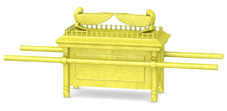 about its building?
about its building?
I’d like to mention one important idea about Jewish symbolism and how it applies to the Tabernacle. We’ve previously mentioned the following idea but I want to mention it here since it is particularly relevant to our discussion.
You’re a writer of comic strips and you want to show in one of the illustrations that a certain character had a great idea. How do you show it? Of course, with a light bulb going off above his head. Why? Because the closest analogy of being “in the dark” and then “getting it” is a light going off in a previously dark place. According to Jewish thought this idea of an analogy has a deeper level. Based on mystical concepts, the light going on in a dark room and a person getting a great idea are not two different concepts. They are exactly the same thing but in two different contexts. On a physical level, a light illuminates a dark place. On a spiritual level, an insight enlightens the dark regions of the mind. So, in truth, the light bulb is not an analogy, but exactly the same thing as a great idea. One takes place in a physical realm and the exact same experience on a spiritual realm takes the form of newly-gained clarity.
The raw materials of the Tabernacle are physical manifestations of spiritual realities. (The following ideas are based on Rabbi S. R. Hirsch.) For examples, what does metal represent? Our formulation of thoughts, and ideals, the solid expressions of our most important beliefs, are represented by three types of metal. The lower stage of purifying and clarifying our thoughts is represented by copper, the most impure of the three metals mentioned above. The material that represents our getting closer to our ideal is silver, while gold represents the pure ideal of our striving. The washing laver, representing the purification of our physical lives, starts at the bottom rung, therefore copper is the appropriate material. The menorah, lit by the priests, symbolizing our efforts in the spiritual world, therefore, silver is the proper medium. Finally, the Ark itself is made primarily of gold, the ideal of our striving. (The Ark does contain wood which is somewhat tangential to the ideas of the metals, but wood itself represents the real life force, ever growing towards that ideal.) The other materials, wool, linen, etc. follow a similar pattern. They are the symbols of human development, both physical and spiritual.
On one level these materials symbolize the energies and talents that we are called upon to develop in order to make our own personal “Tabernacles”. However, on a deeper level, these materials are us! On a physical plane the materials necessary for construction take the form of gold, silver, etc. However, the same qualities expressed in our internal world are the gifts and abilities within each one of us. In order to build, we need to know the elements and qualities necessary for our becoming dwelling places for the Divine Presence.
We also need to know that every aspect of our personalities is essential in this development. That’s why the Torah uses the word “and” so many times. We need this quality “and” this quality “and” this quality, etc. Without the full range of human potential we cannot build the entire desired edifice.
The Jewish people are anxiously awaiting the building of the Third Temple. That remarkable structure will be a reflection of the toil and effort of the Jewish people for these thousands of years to make ourselves and this world a conduit for Hashem’s glory. May we merit Hashem’s assistance to use raw materials”, to make ourselves into a dwelling place for the His Presence and may we also merit to see this reality expressed in the building of the Third Temple, speedily in our days.
* * *
Rabbi Dovid Charlop is on the teaching staff of the Neve Tzion Yeshiva in Telzstone, Israel.


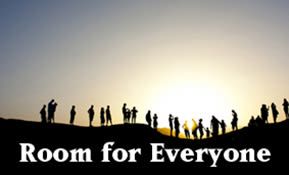



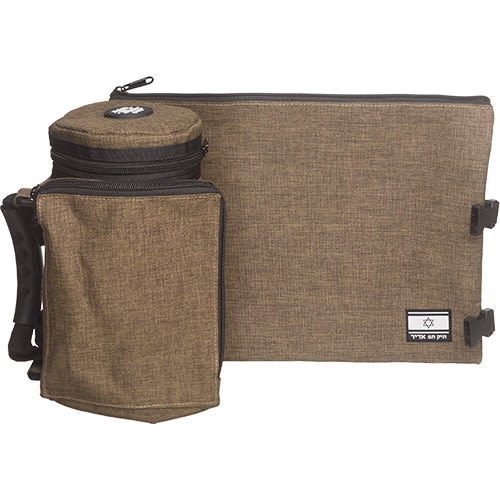
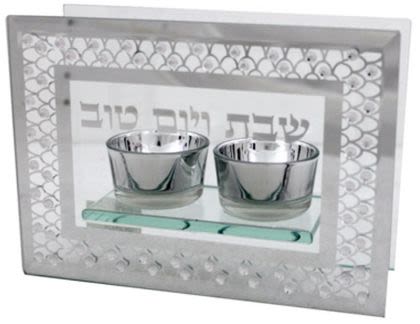
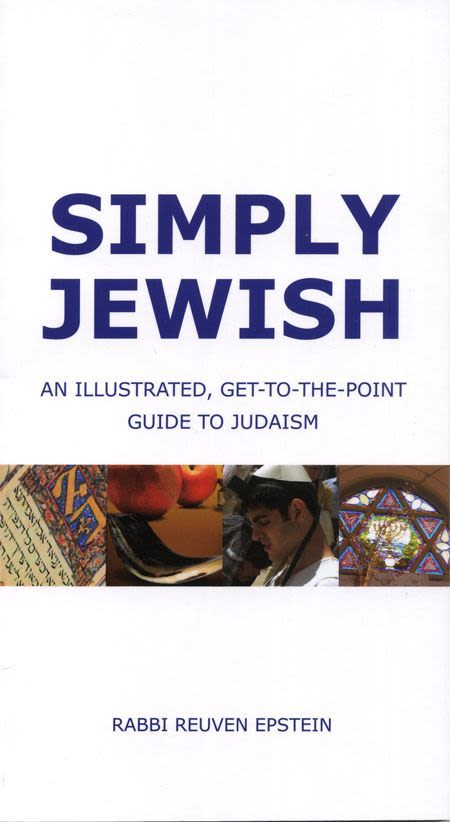
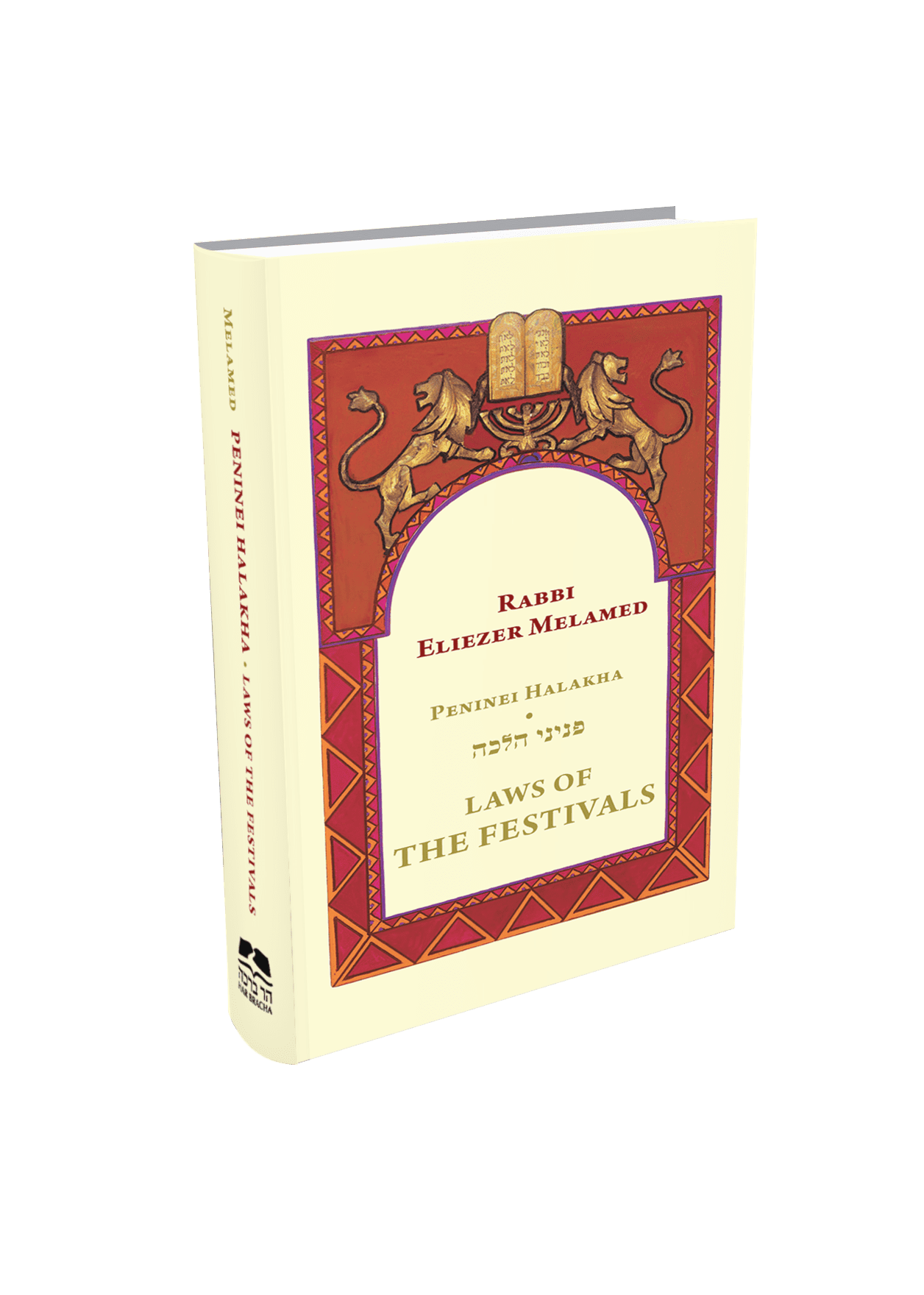
Tell us what you think!
Thank you for your comment!
It will be published after approval by the Editor.